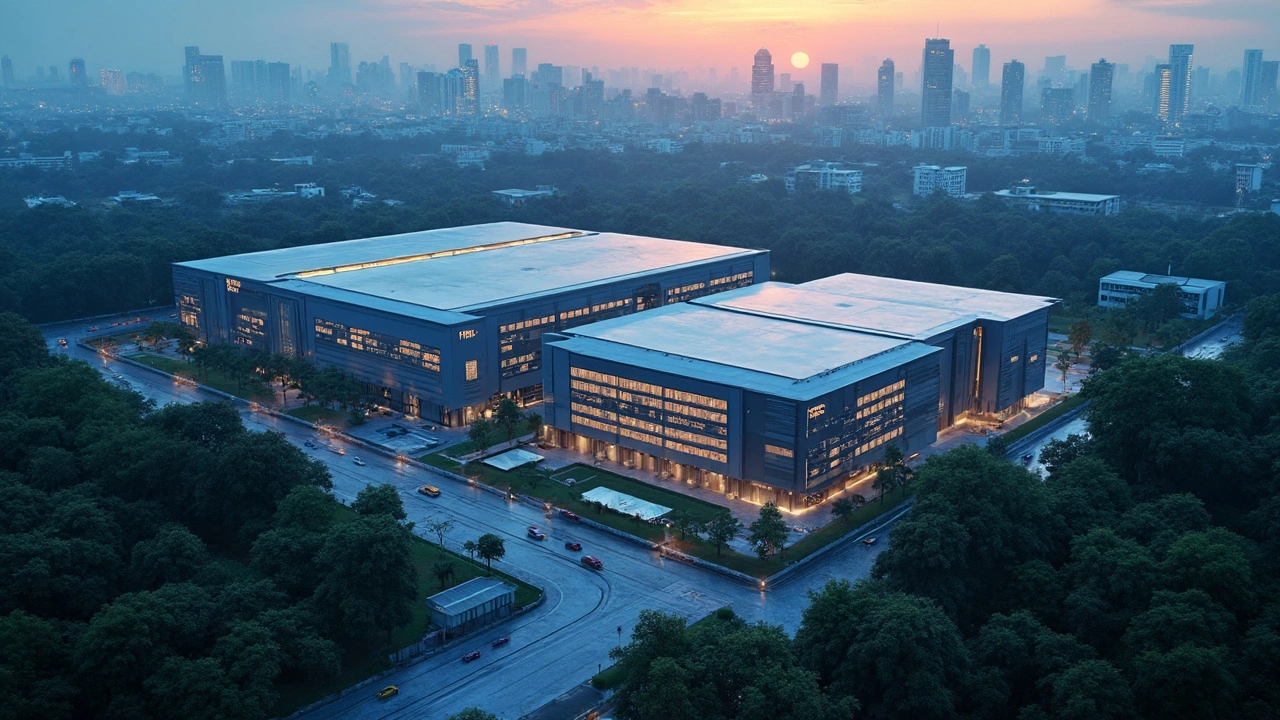Tier 4 Logistics: What It Is and How It Helps Your Business
If you’ve heard the term “Tier 4” and wonder what it means for your deliveries, you’re not alone. In simple terms, Tier 4 refers to a high‑level logistics service that combines advanced warehousing, fast transportation, and real‑time tracking. It’s designed for businesses that need reliable, large‑scale handling without the hassle of managing every detail themselves.
Think of Tier 4 as a premium package. You get a dedicated warehouse space, optimized routes for trucks, and technology that lets you see where each pallet is at any moment. The result is fewer delays, lower inventory costs, and happier customers who get their orders on time.
Key Features of Tier 4 Logistics
First, Tier 4 warehousing isn’t just a big building. It’s a smart space equipped with barcode scanners, automated picking systems, and climate control if you need to store sensitive goods. Second, the transportation layer uses route‑optimization software, meaning trucks take the fastest, least‑fuel‑intensive paths. Third, you get end‑to‑end visibility via a dashboard that shows order status, shipment location, and any exceptions in real time.
Another big perk is scalability. Whether you’re shipping ten pallets a week or a thousand, Tier 4 services can expand or shrink without breaking the bank. That flexibility lets you grow your business without constantly renegotiating contracts or buying extra equipment.
How to Choose the Right Tier 4 Service
Start by mapping your biggest pain points. Is it slow pick‑and‑pack times? Unexpected freight costs? Or maybe lack of real‑time tracking? Match those issues with a provider’s strengths. A good Tier 4 partner will share case studies that show how they reduced order‑to‑delivery times for similar clients.
Next, ask about technology integration. Does the provider’s platform sync with your existing ERP or e‑commerce system? Seamless data flow saves hours of manual entry and reduces errors. Also, check their network coverage—do they have warehouses and trucks near your key markets?
Finally, compare pricing structures. Some Tier 4 providers charge a flat monthly fee, while others bill per transaction. Look for hidden costs like fuel surcharges or extra fees for after‑hours handling. A transparent quote helps you avoid surprise bills later.
Ready to boost your supply chain? Start by reaching out to a Tier 4 logistics specialist, ask the right questions, and watch your delivery performance improve fast.
Understanding Tier 1, Tier 2, Tier 3, and Tier 4 Data Centers
Data centers come in different tiers, each with its own level of reliability and resilience. These tiers, from 1 to 4, help businesses choose the right setup based on their needs and risk tolerance. Tier 1 is the most basic, while Tier 4 offers the highest level of redundancy and security. Understanding these tiers ensures you can make an informed decision for your company's data storage requirements. Gain insights into what each tier offers for better reliability and performance.
Read More